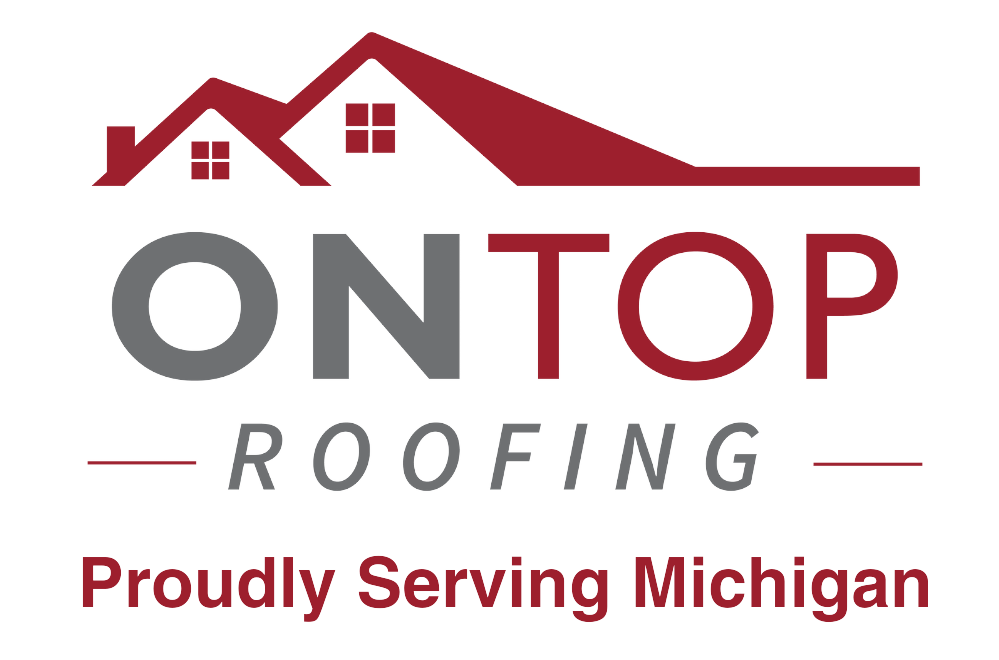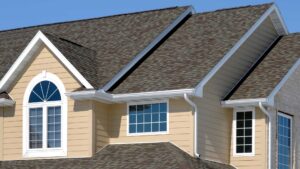
When it comes to choosing the right roofing material for your home, Michigan homeowners have unique needs. With heavy snowfalls, icy conditions, and harsh seasonal
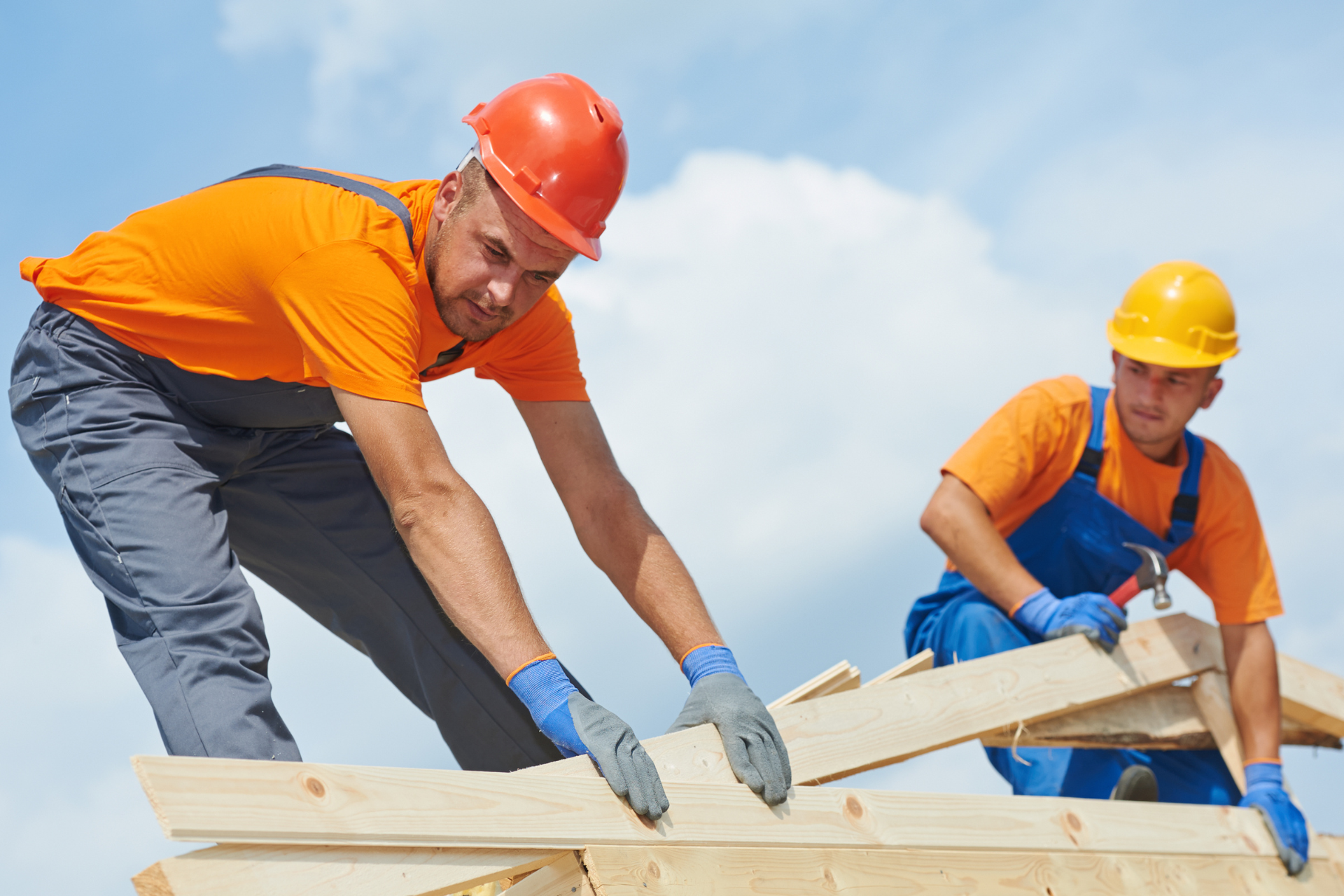
It not only affects the aesthetic appeal of the home but also impacts its durability, energy efficiency, and maintenance requirements. With a wide variety of roofing materials available on the market, each with its own set of pros and cons, it’s essential to weigh your options carefully. In this article, we’ll compare several popular roofing materials, outlining their advantages and disadvantages to help you make an informed decision.
Pros:
Cons:
Pros:
Cons:
Pros:
Cons:
Pros:
Cons:
In conclusion, choosing the right roofing material involves considering various factors, including cost, longevity, maintenance requirements, energy efficiency, and aesthetic preferences. By weighing the pros and cons of each option, homeowners can make an informed decision that meets their needs and budget while ensuring the durability and longevity of their roof. Whether you opt for the affordability of asphalt shingles, the longevity of metal roofing, the natural beauty of wood shingles, or the timeless elegance of slate, investing in quality roofing materials is essential for protecting your home and enhancing its value for years to come.

When it comes to choosing the right roofing material for your home, Michigan homeowners have unique needs. With heavy snowfalls, icy conditions, and harsh seasonal

Michigan winters are known for their heavy snowfalls, freezing temperatures, and unpredictable storms. While the snowy landscape may look beautiful, the weight of snow and
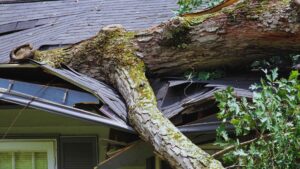
Michigan’s Fall Storms and Your Roof As the leaves begin to turn and temperatures drop across Michigan, fall storms roll in with unpredictable force—bringing high
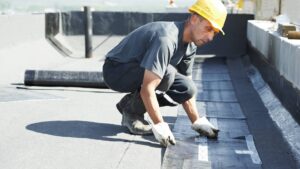
Why Your Commercial Roof Matters Your commercial roof is more than just a protective layer—it’s a strategic investment in your business’s longevity, energy efficiency, and
"*" indicates required fields
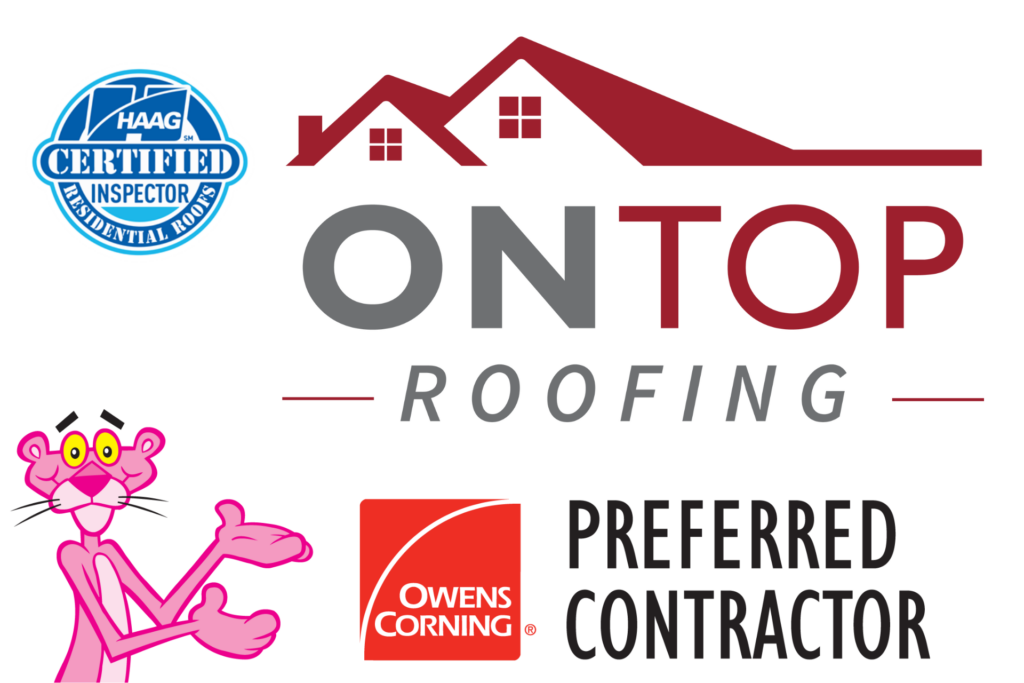
Take advantage of our free inspection and free second opinion offer and receive a complimentary estimate for any new installation service.
